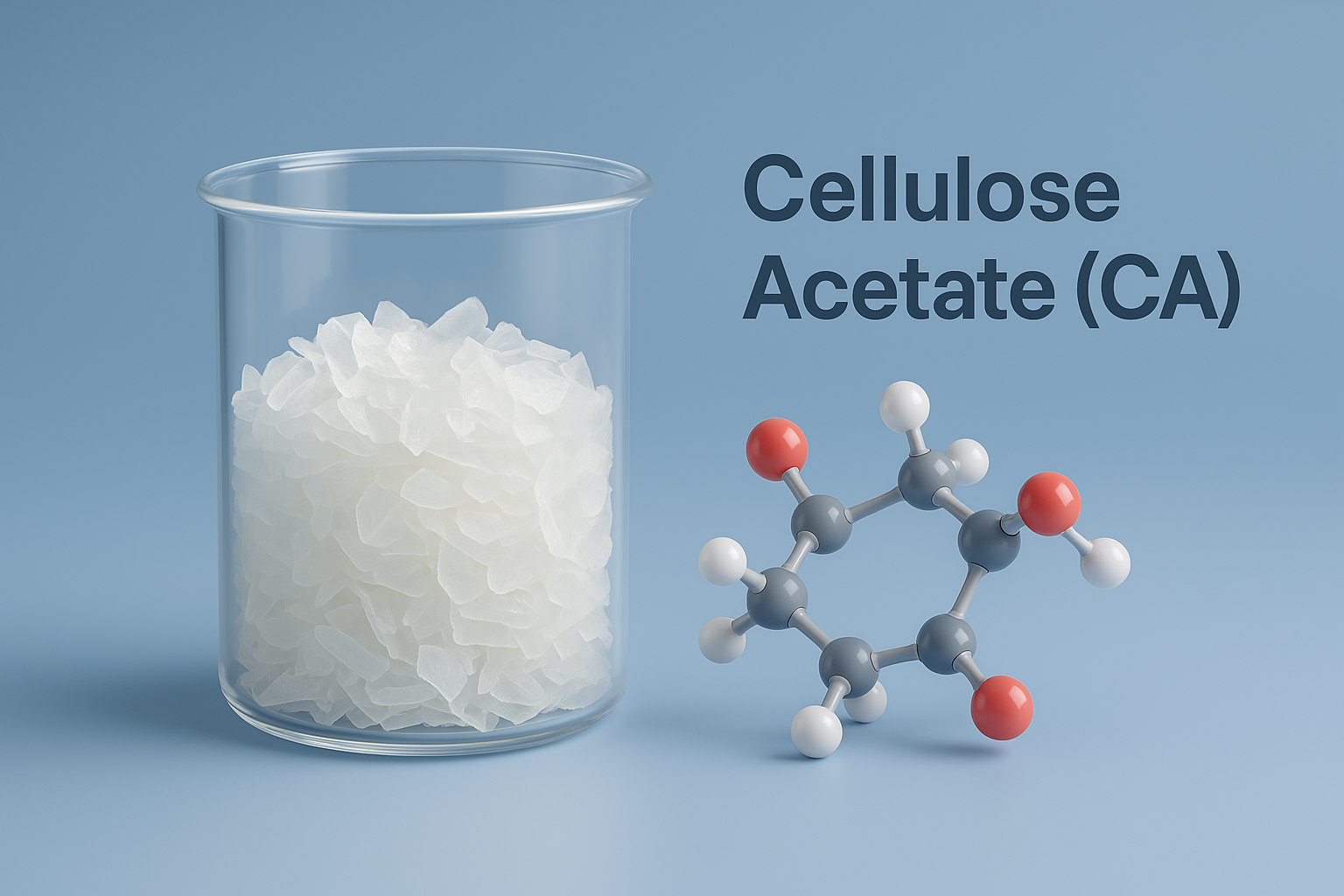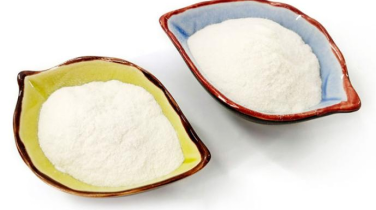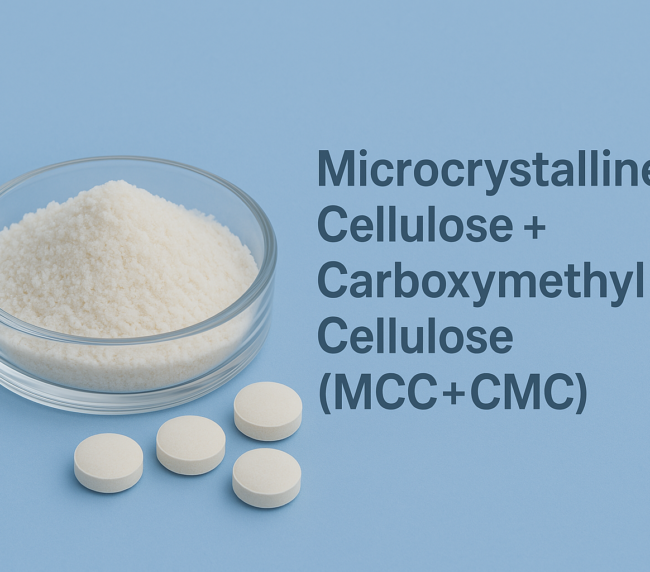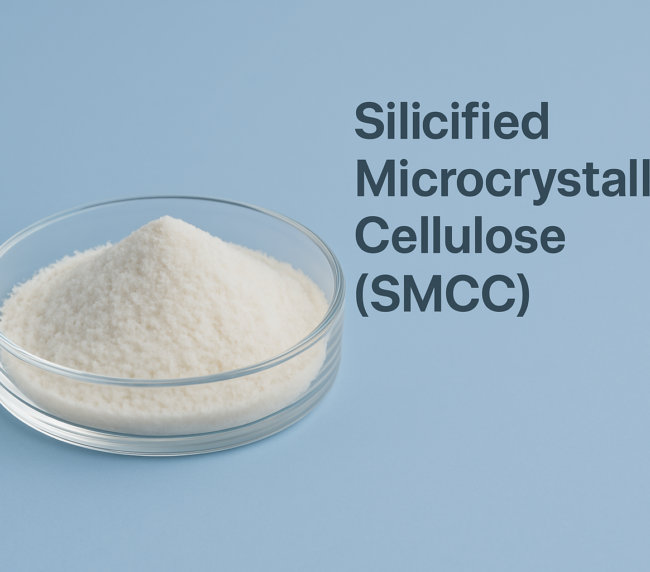
Cellulose acetate is a cellulose derivative in which hydroxyl groups are acetylated to varying degrees. It is widely used in pharmaceutical formulations for controlled drug release, taste masking, and film coating applications. Its versatility makes it suitable for sustained-release tablets, transdermal drug delivery systems, and microparticle formulations.
Chemical Name and CAS Registry Number :-Cellulose acetate [9004-35-7]
Functional Category :-Coating agent; extended release agent; tablet and capsule diluent.




